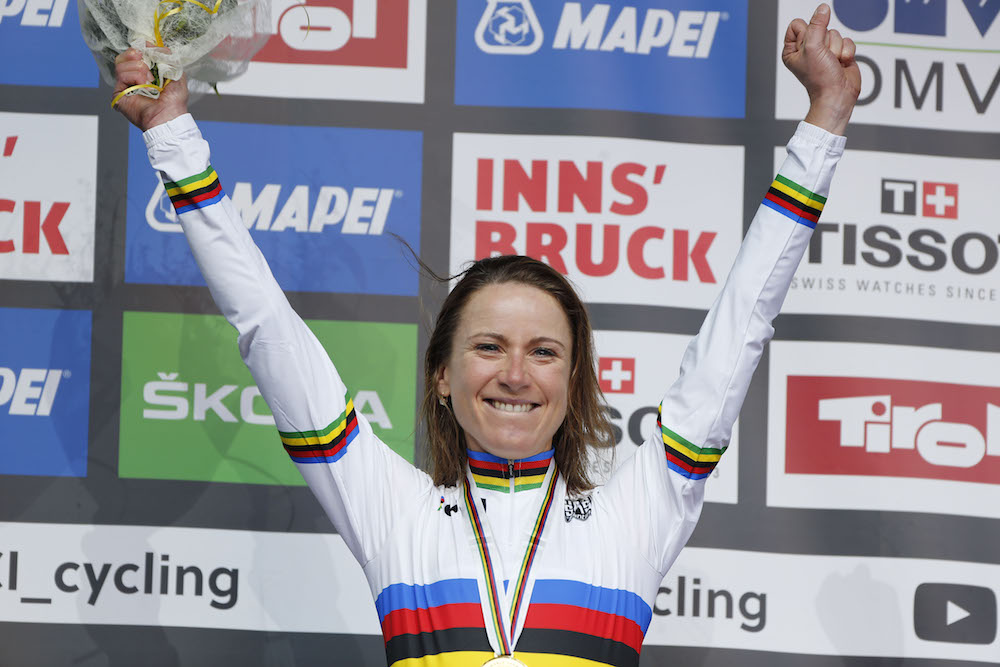Taking the trial out of TTs: We tried to master the 'race of truth' without getting obsessive about it
Time trialling need not require an all-consuming, slavish commitment to lonely intervals and geeky aero gains
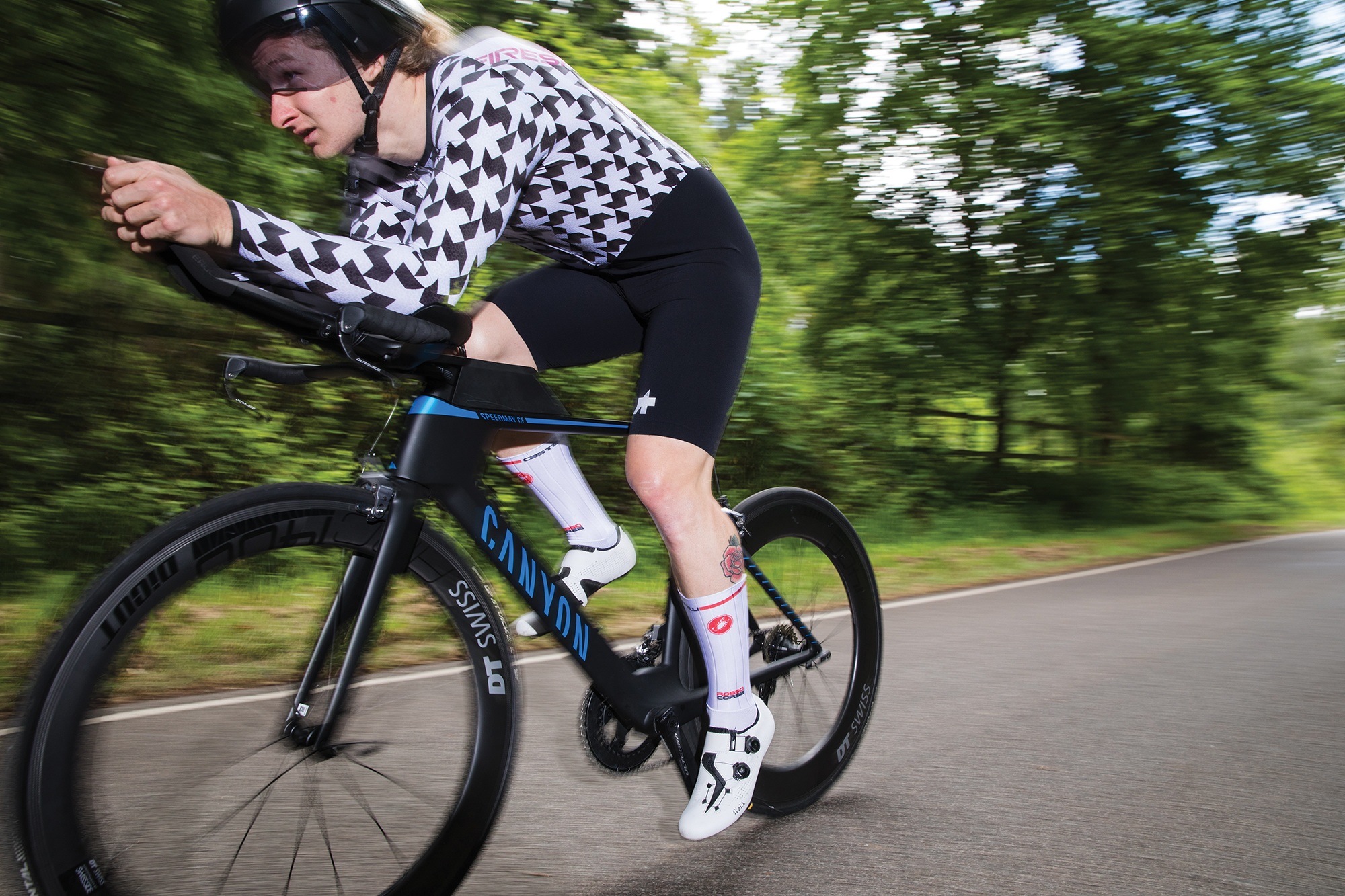
CW's Alex Ballinger attempts to master the 'race of truth' without getting obsessive about it
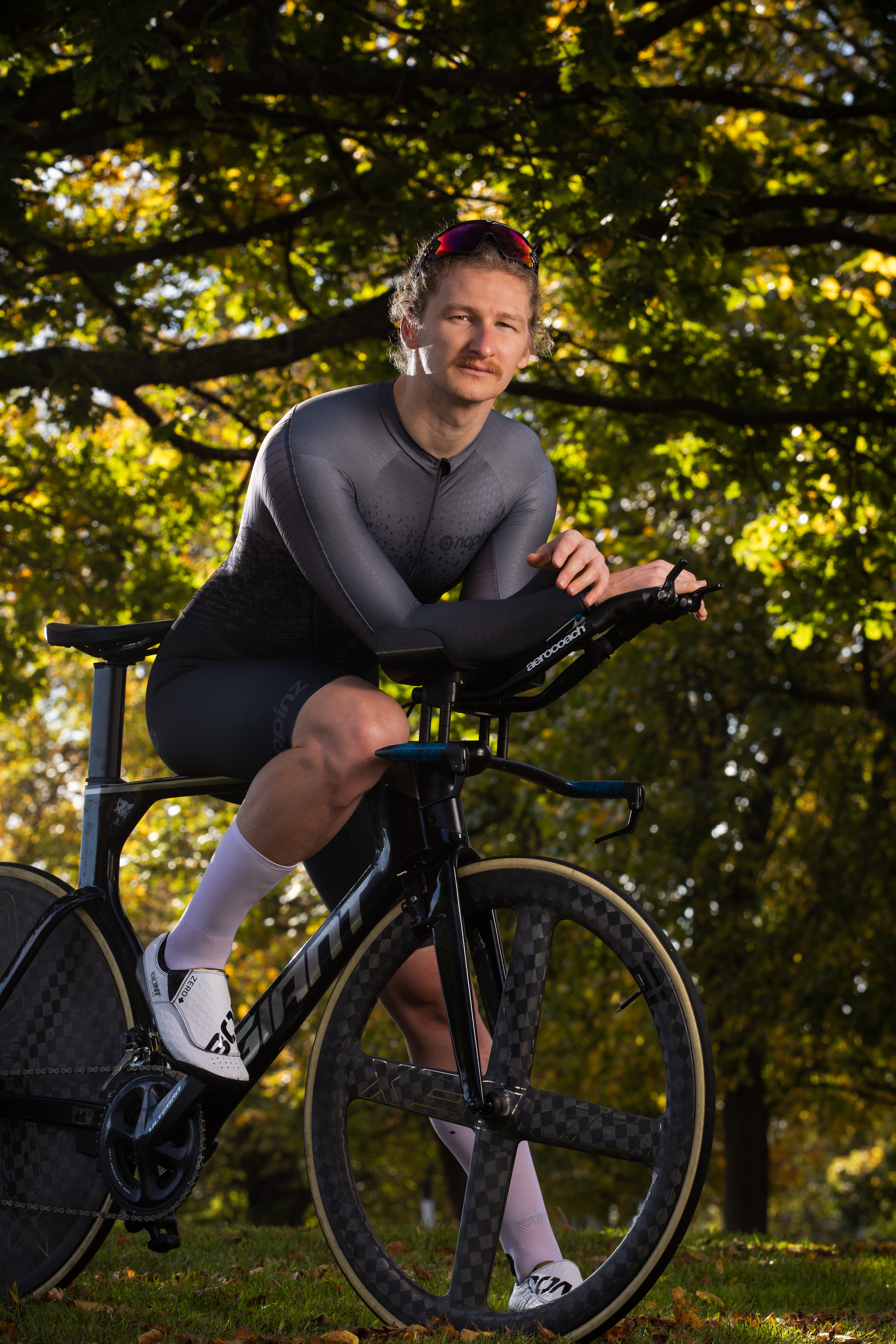
My fledgling time trial career started with a crash. Since that first mildly disastrous attempt in January, my TT path has taken many turns (and missed a few too) — I have turned up at the wrong start line, set off in a race two minutes after my start time, taken the wrong exit on a roundabout during an event, and somewhere amid all the chaos have managed to take a win.
Before we get into all that, let’s start at the beginning. Viewed from the passing distance of a car on an anonymous Hampshire dual carriageway, time trialling looks like a cultish existence. To the normal person, a gaggle of skinsuited pedallers congregating in a layby wearing funny-shaped helmets at 7pm on a Thursday seems at best eccentric, but to those inside it, it can be so much more.
>>> ‘How do cyclists get big legs?’ – you asked Google and we’ve got the answer
I’d never taken the leap to try a real TT, instead telling myself I needed the bike, the helmet, the power meter, the course knowledge, and all that jazz, to ever really compete. The time trial scene seemed elitist and a bit impenetrable — I imagined even more snobbishness than that which often clouds cycling in general. But then finally, after plenty of internal discussion, I changed my mind.
Before I was a cyclist, I was a runner, and it now dawned on me that time trialling shared a lot of similarities with life on two legs — the pacing, the individual effort, overcoming the mental as well as the physical, racing yourself rather than others in a peloton. So in January I joined a club because, in order to ride an event organised by the national governing body, Cycling Time Trials (CTT), you need to be a member of an affiliated club — and I then set about trying to find my first test.
Time trial courses are identified by codes, a throwback to the days when bike racing was banned on British roads, so time triallists had to convene in secret in coded locations known only to the initiated. I started with my club’s weekly 10-mile event in January, held on the H10/8 course on the A31 just outside Farnham in Hampshire — a five-mile run along a slightly undulating dual carriageway, before a 180-degree turn at a roundabout and another five miles back. A classic British TT. This is where the problems started.
Riding my road bike from my house to the TT on a freezing and drizzly day, feeling sub-par due to illness and already a little lost trying to find the start, I slid out on a wet corner and hit the deck in front of some horrified and helpless-looking drivers. What a start. Fortunately the kind organisers took pity and let me ride without pinning on a number, having missed the sign-on slot.
Get The Leadout Newsletter
The latest race content, interviews, features, reviews and expert buying guides, direct to your inbox!
I rode a 26-44 that day and finished third out of five riders. As I crossed the line and realised I hadn’t managed to empty the tank, I caught my first taste of the TT habit. But I’d need to smarten up my act, so I went in search of some expert advice.
Pushed for time
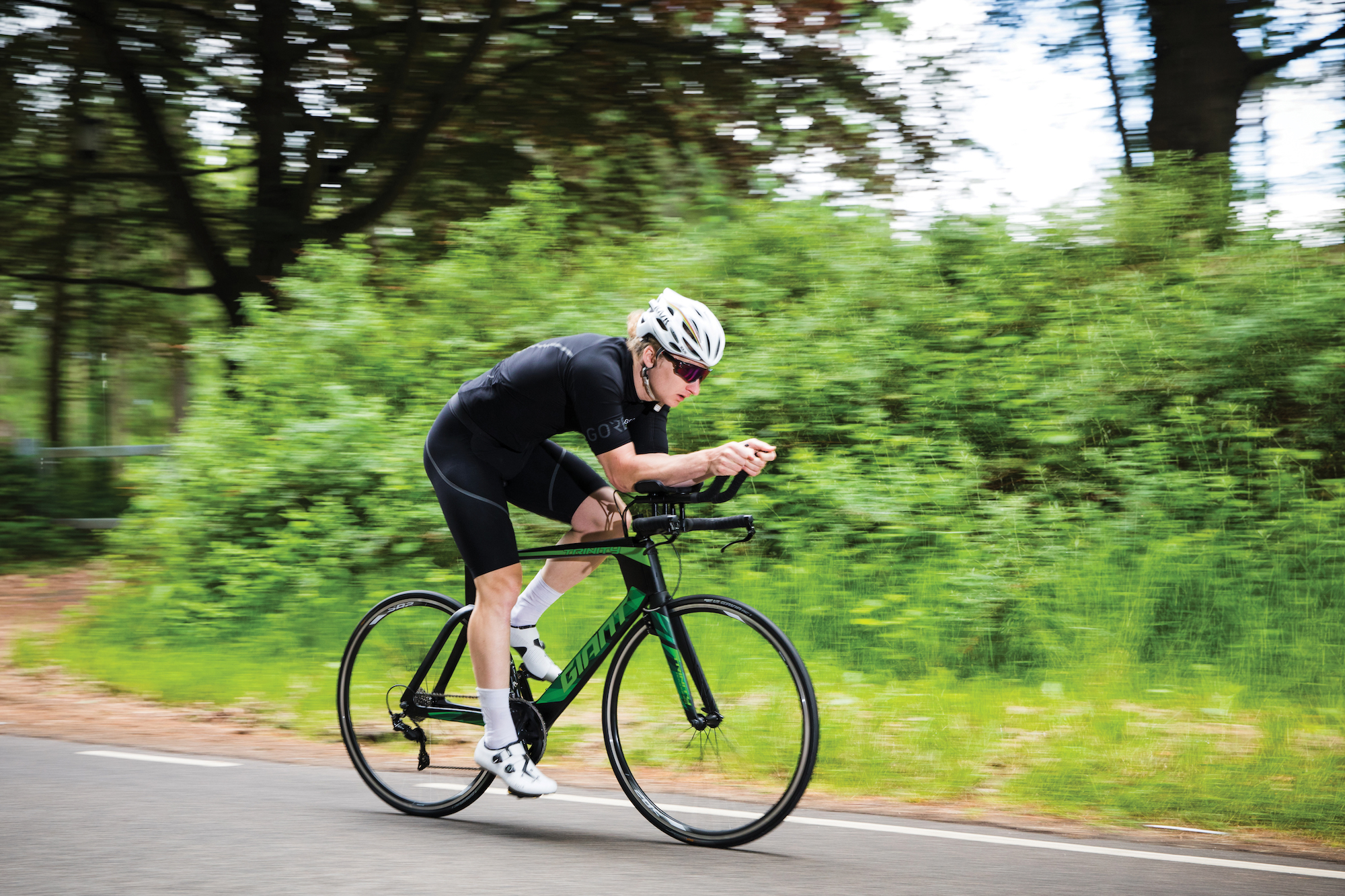
Phil Burt has 12 years behind him as head of physiotherapy at British Cycling and five years as a consultant for Team Sky, so his clinic seemed a decent place to start.
"It’s a double-edged problem because if you’re short on time and you’re trying to get good at time trialling, where do you invest your energy and time?" said Burt, who now runs Phil Burt Innovations, which offers a mixture of bike-fits, aero analysis and saddle assessments. "I think some people rush to going to a wind tunnel or track testing far too early. I would say unless you have years of experience and have explored all the marginal gains, you don’t need to go to a wind tunnel."
Fixating on aerodynamics can obscure more fundamental priorities.
"I have this philosophy of earning your right to go to the wind tunnel. Before worrying about aerodynamics, you want to make sure you’re pedalling as hard as you can."
Burt, with three Olympic Games and seven editions of the Tour de France on his physiotherapist’s palmarès, added that power should take precedence over aerodynamics in time trialling.
"People always want to go lower at the front, but if you go higher at the back, you also lower the front. That’s where power comes from. If you’re higher and further over the bottom bracket, your glutes are involved so you can extend your hip. Getting the saddle height, set-back, tilt, and saddle choice sorted is the first thing every time. If you don’t have that right, the rest of it won’t work anyway. The rest of it is very important, but you start with those things."
Burt added that the ability to look up the road and extend your neck is key, recommending working on thoracic mobility to improve this.
Armed with the fundamentals, thanks to Burt, the next step was to establish my baseline to make sure I was getting the most out of my legs.
Knowledge is power
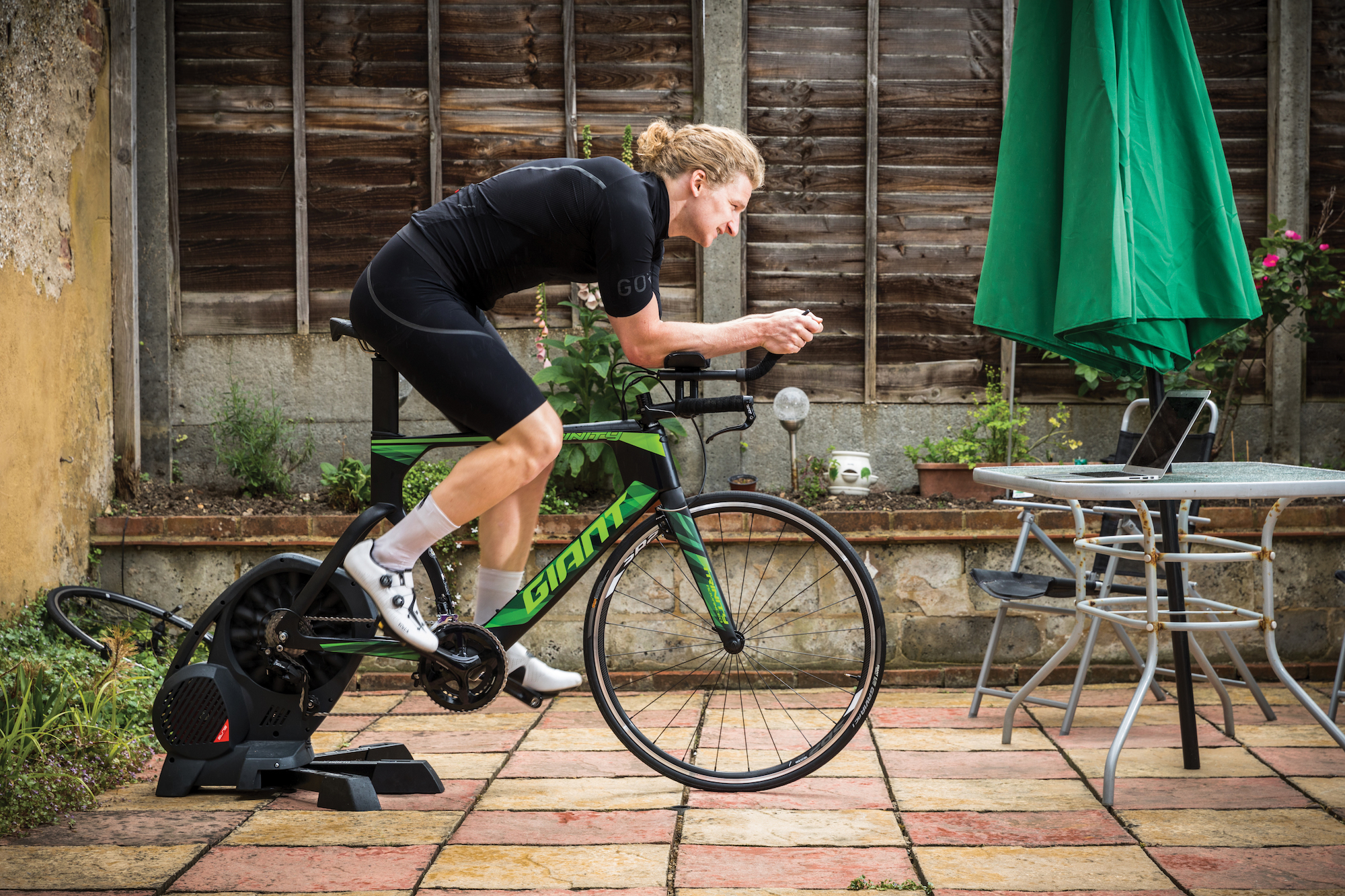
Functional Threshold Power (FTP) is often considered the holy grail of performance and is particularly enlightening in time trialling, owing to its measure of consistent effort, and the fact that a 20-minute FTP test takes a similar amount of time as a 10-mile TT. This is where the turbo trainer first started to pay dividends. Setting up my Elite Direto smart trainer, twinned with digital training software Zwift, I was able to measure my FTP in an hour-long session that talks you through all the basic steps and gives you the perfect conditions to check your wattage.
FTP tests are often tricky to carry out on the road, as you need a straight run that will last you 20 minutes without interruption from traffic lights, and also offers a consistent flat or slightly uphill gradient so you can keep your power as steady as possible. After suffering my way through the abysmal FTP test, my average power for the 20 minutes sat at around 317 watts, which you then multiply by 0.95 to find your threshold (the power you can hold for an hour, in theory), which came out at 300 watts.
As an 85kg rider, that put my watts per kilo at around 3.5. With the base now clear in my mind, the next step was to see how fast I could really go, firstly by getting out on a TT bike. I opted for the Giant Trinity Advanced as my entry-level machine, which at £1,799 is one of the cheapest decent-quality TT bikes on the market. Its spec — Shimano 105 components, Giant SR-2 wheels — won’t earn you boasting rights at the club 10, but at least you’ll be able to eat.
Back on the A31, or the H10/8, in April, the Giant took me to a new PB of 23-38, good enough to finish seventh out of 29 riders on a more stacked start-list — no small improvement, particularly without having splashed out on a bike-fit, wind tunnel or aero wheels.
I went in search of the experts who might be able to help me find more seconds and happened upon Courtney Rowe, the head coach of Rowe & King, the coaching company set up by his daughter-in-law, now-retired pro Dani Rowe (née King) and her brother-in-law, Team Ineos rider Luke Rowe. Courtney’s approach to time trial training is refreshingly relaxed, and is perfectly suited to the weekend warrior targeting their club 10s.
"You can become very fit by riding your bike for many hours without much science, and you’re going to end up reasonably strong," Rowe said, "but as the time you put into your training goes down, so the intensity needs to go up."
If my training was by necessity short, it also needed to be sharp.
"The key point is to make sure as much of your training as possible is on your time trial bike. With only four or five hours a week to play with, you need to do at least one, ideally two or even three on a time trial bike."
Rowe suggested that some basic testing is needed to find your level, but he feels the FTP test is not necessarily the best option for a rider just starting out in time trials. Instead, he recommended three five-minute slots at maximum (or ‘capacity’) effort, which allow you to test yourself as part of your training.
Another option is ‘over-under’ training, which involves alternating riding just below and just above your race pace. Rowe said: "Just go out and ride on feel. Start off at your time trial intensity, then squeeze above your time trial intensity and then when you feel you can’t hold it any more, come just below your time trial intensity. If you want an indication of how you’ve done, you can look at your average heart rate, your average power, or even just score it on how you feel."
In my search for seconds, I also spoke to Julia Shaw, a multiple national TT champion and Commonwealth Games TT bronze medallist, who now runs Julia Shaw Cycle Coaching. Shaw’s approach to TT training is more geared to sessions involving a power meter, which really can help you focus your training particularly when pressed for time. The first session she suggested, as a gentle introduction, was ‘sweetspot’ intervals: this is riding at 88 to 93 per cent of your FTP for two 15-minute intervals, with five minutes’ recovery. If this is too intense, start at two 10-minute blocks, and look to eventually build up to two 20-minute stretches at sweetspot.
Shaw recommended a second session, if time allows: riding five or six two-minute VO2 max intervals, 110 to 120 per cent of FTP, with two minutes’ recovery time between intervals. All the while, try to build up the time you are spending in the TT race position.
Practice makes podiums
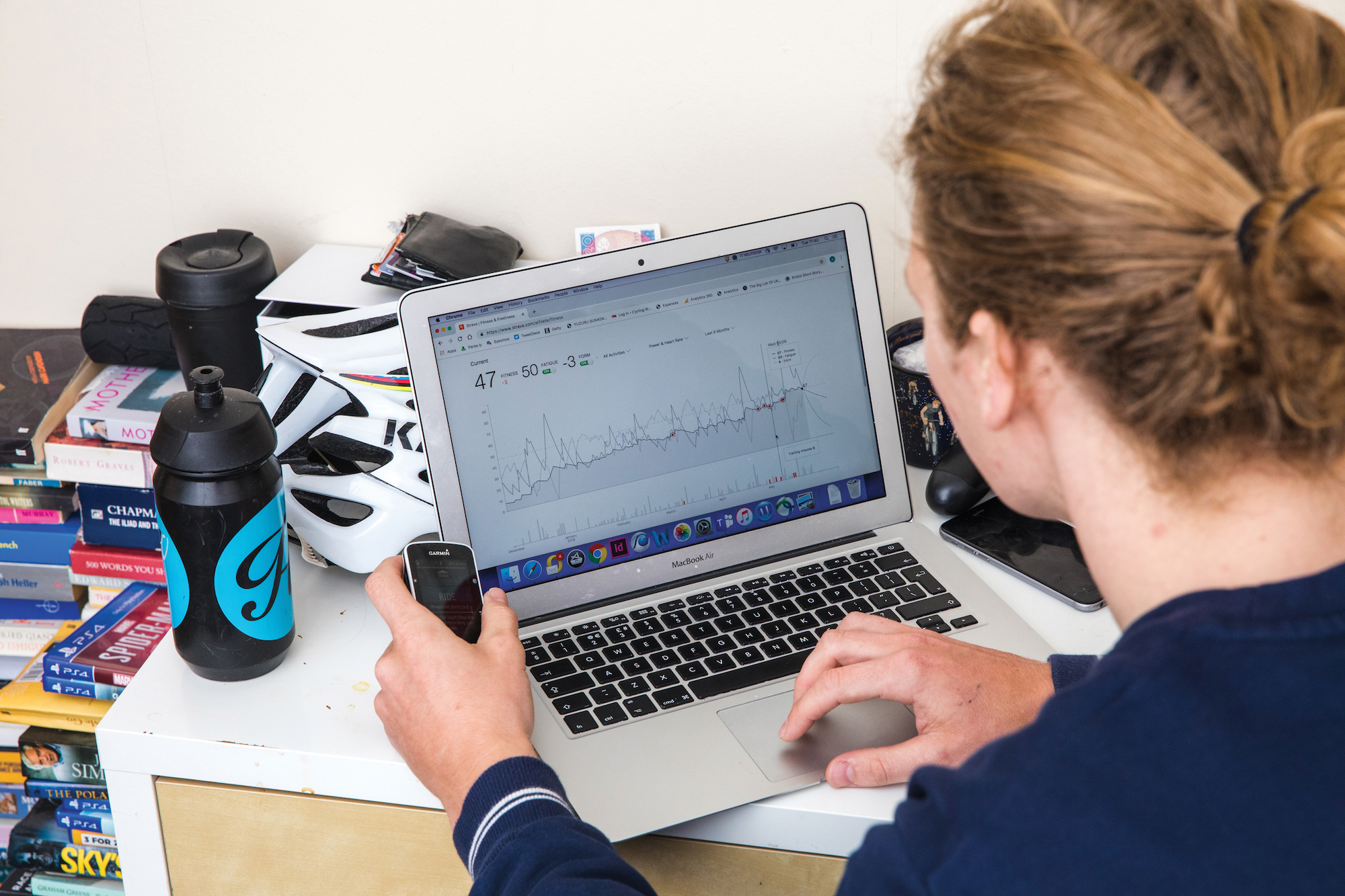
After incorporating one TT-specific session a week into my training, often by using the pre-programmed workouts on the indoor trainer using Zwift, which were pretty well-matched to the sessions suggested by Rowe and Shaw, it was time to get back out on the roads.
This time I was armed with all the gear and at least a vague idea — I’d upgraded to a Canyon Speedmax CF, with DT Swiss ARC 1400 aero wheels and mechanical Shimano Ultegra components (£3,199). I’d also stepped up with an Assos skinsuit (£310) and a Lazer TT helmet (£239).
It was time to see how I fared now I had officially entered the TT arms race.
The next course on the racing calendar was something a bit different: an 8.5-mile T-shaped course that included two 180-degree roundabout turns, more technical than I was used to.
Something was clearly working, as I managed to bomb my way to victory over the 12 other riders, taking a Strava KoM along the way. Maybe I was pretty good at all this time trial stuff after all. But of course there is far more to time trialling than just riding fast, as I would learn the hard way over the next few weeks.
First came a disastrous return to the H10/8 course, where I had felt untouchable in the opening four miles, before I hit a pothole at full gas and my aero bars dropped forward and left me unable to use them, so I had to cruise the remaining distance on the flats, riding to a 23-47 and finishing sixth out of 13 riders.
The next, slightly more embarrassing mishap came a few weeks later, when I entered an evening 10 held by a nearby cycling club. After turning up at the wrong layby, I was forced to barrel my way through Hampshire to make the start, only to set off two minutes after my allotted start time (those minutes counting towards my overall time), and then taking the wrong turn at a roundabout, leaving me well shy of competing for the win or a PB — but with a lesson learned at least. Namely, that time trialling is all
in the preparation, whether it’s the training in the weeks beforehand, or turning up with plenty of time to get everything ready before your race, because time trials are defined by the margins.
Beating the clock
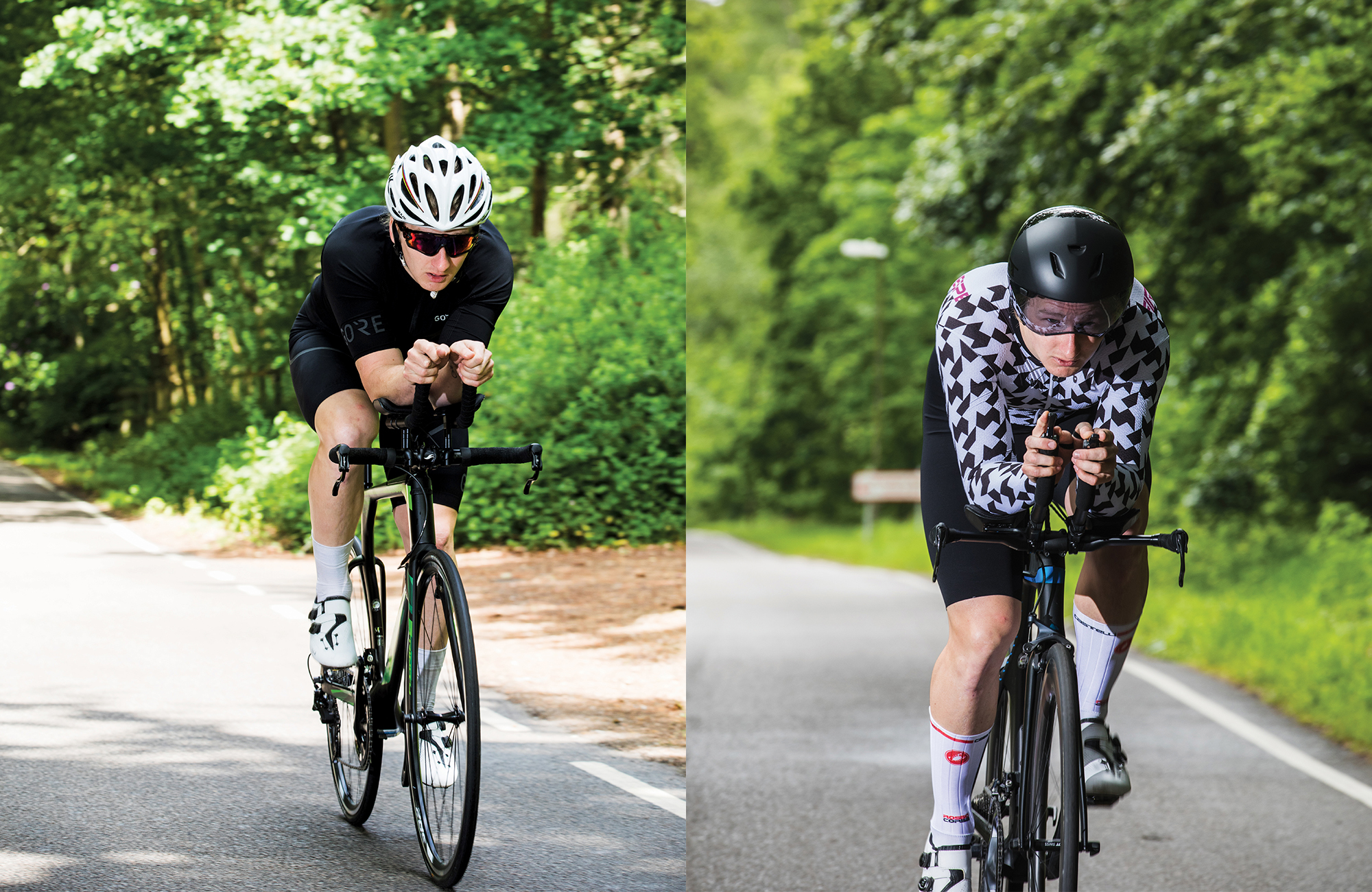
I returned to the H10/8 recently to see where I stood once more, setting a personal best of 21-36 and finishing fifth behind some serious hitters. Through this odyssey I’ve proved to myself (and hopefully to you, dear reader) that it’s possible to discover the joys of time trialling without investing more than a few hours a week in training and racing. While I can’t deny that to compete at the sharp end of the leaderboards you may need to crack open the piggybank, to be able to battle with yourself and really enjoy testing all you need is a half-decent bike. With more clubs offering ‘road bike only’ events, the arms race is less of a deterrent than ever — and besides, I’ve found the guys with the fastest kit aren’t always the ones with the fastest legs. So get those interval sessions going.
My time trial career may be only in its fledgling stages, but with the goalposts having now moved, I’ve set myself some ambitious targets — let’s see how fast I can really go.

Thank you for reading 20 articles this month* Join now for unlimited access
Enjoy your first month for just £1 / $1 / €1
*Read 5 free articles per month without a subscription

Join now for unlimited access
Try first month for just £1 / $1 / €1
Alex Ballinger is editor of BikeBiz magazine, the leading publication for the UK cycle industry, and is the former digital news editor for CyclingWeekly.com. After gaining experience in local newsrooms, national newspapers and in digital journalism, Alex found his calling in cycling, first as a reporter, then as news editor responsible for Cycling Weekly's online news output, and now as the editor of BikeBiz. Since pro cycling first captured his heart during the 2010 Tour de France (specifically the Contador-Schleck battle) Alex covered three Tours de France, multiple editions of the Tour of Britain, and the World Championships, while both writing and video presenting for Cycling Weekly. He also specialises in fitness writing, often throwing himself into the deep end to help readers improve their own power numbers. Away from the desk, Alex can be found racing time trials, riding BMX and mountain bikes, or exploring off-road on his gravel bike. He’s also an avid gamer, and can usually be found buried in an eclectic selection of books.
-
 A bike rack with an app? Wahoo’s latest, and a hub silencer – Sea Otter Classic tech highlights, Part 2
A bike rack with an app? Wahoo’s latest, and a hub silencer – Sea Otter Classic tech highlights, Part 2A few standout pieces of gear from North America's biggest bike gathering
By Anne-Marije Rook
-
 Cycling's riders need more protection from mindless 'fans' at races to avoid another Mathieu van der Poel Paris-Roubaix bottle incident
Cycling's riders need more protection from mindless 'fans' at races to avoid another Mathieu van der Poel Paris-Roubaix bottle incidentCycling's authorities must do everything within their power to prevent spectators from assaulting riders
By Tom Thewlis
